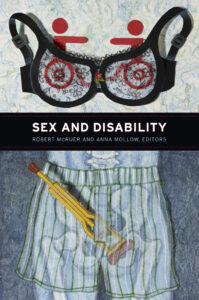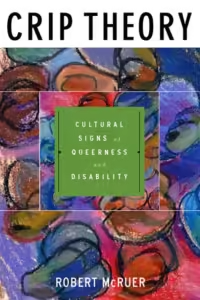How has our understanding and treatment of disability evolved in Western culture? How has it been represented and perceived in different social and cultural conditions?
In a work that spans 2,500 years, these ambitious questions are addressed by over 50 experts, each contributing their overview of a theme applied to a period in history. The volumes describe different kinds of physical and mental disabilities, their representations and receptions, and what impact they have had on society and everyday life.
Individual volume editors ensure the cohesion of the whole, and to make it as easy as possible to use, chapter titles are identical across each of the volumes. This gives the choice of reading about a specific period in one of the volumes, or following a theme across history by reading the relevant chapter in each of the six.
The six volumes cover: 1. Antiquity (500 BCE – 500 CE); 2. Middle Ages (500 – 1450); 3. Renaissance (1400 – 1650) ; 4. Long Eighteenth Century (1650 – 1800); 5. Long Nineteenth Century (1800 – 1920); 6. Modern Age (1920 – 2000+).
Themes (and chapter titles) are: atypical bodies; mobility impairment; chronic pain and illness; blindness; deafness; speech; learning difficulties; mental health.
The page extent is approximately 2,000pp with c. 200 illustrations. Each volume opens with notes on contributors, a series preface and an introduction, and concludes with notes, bibliography and an index.
A Cultural History of Disability is part of The Cultural Histories Series. Titles are available as hardcover sets for libraries needing just one subject or preferring a tangible reference for their shelves or as part of a fully-searchable digital library. The digital product is available to institutions by annual subscription or on perpetual access via www.bloomsburyculturalhistory.com . Individual volumes for academics and researchers interested in specific historical periods are also available in print or digitally via www.bloomsburycollections.com .




